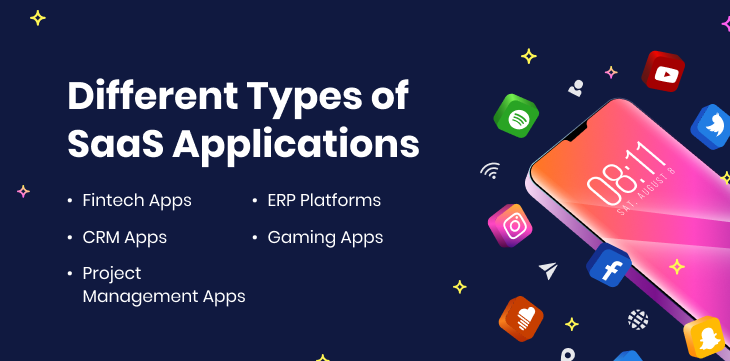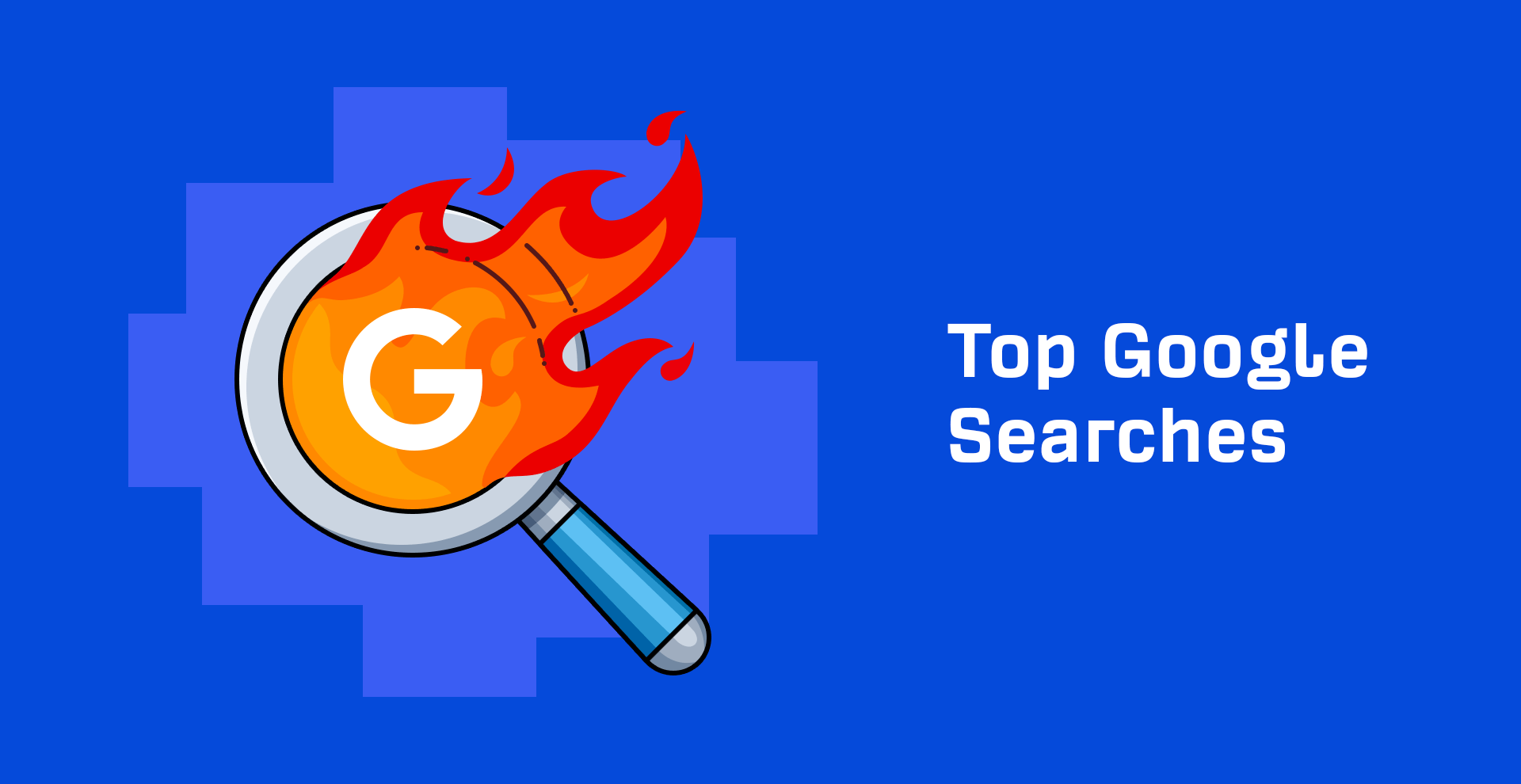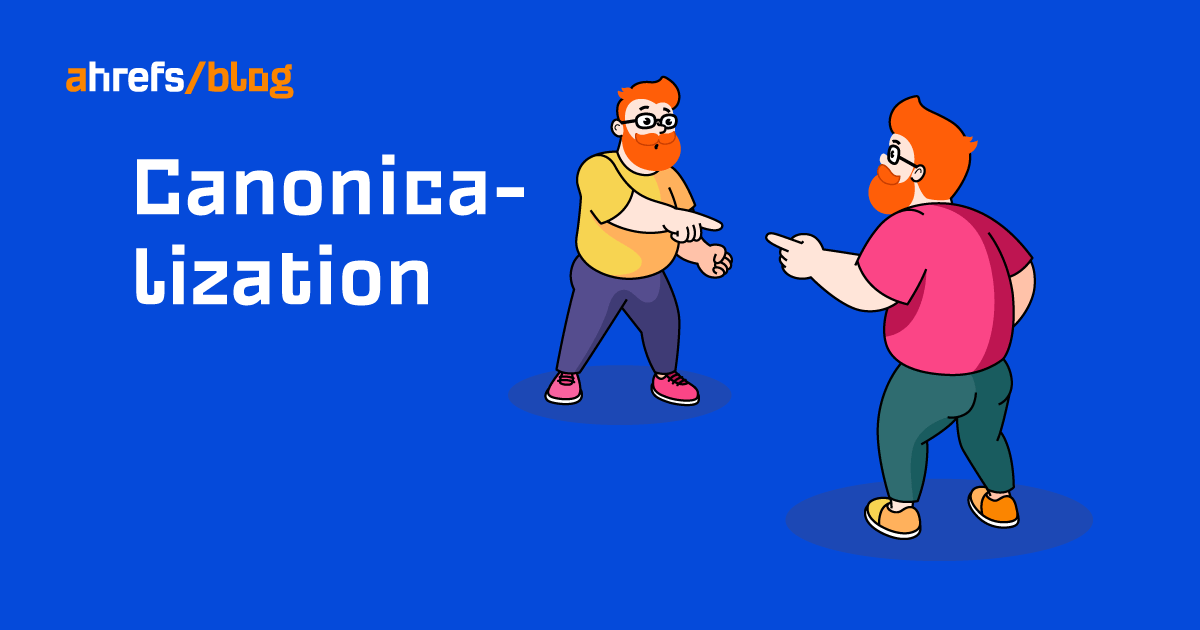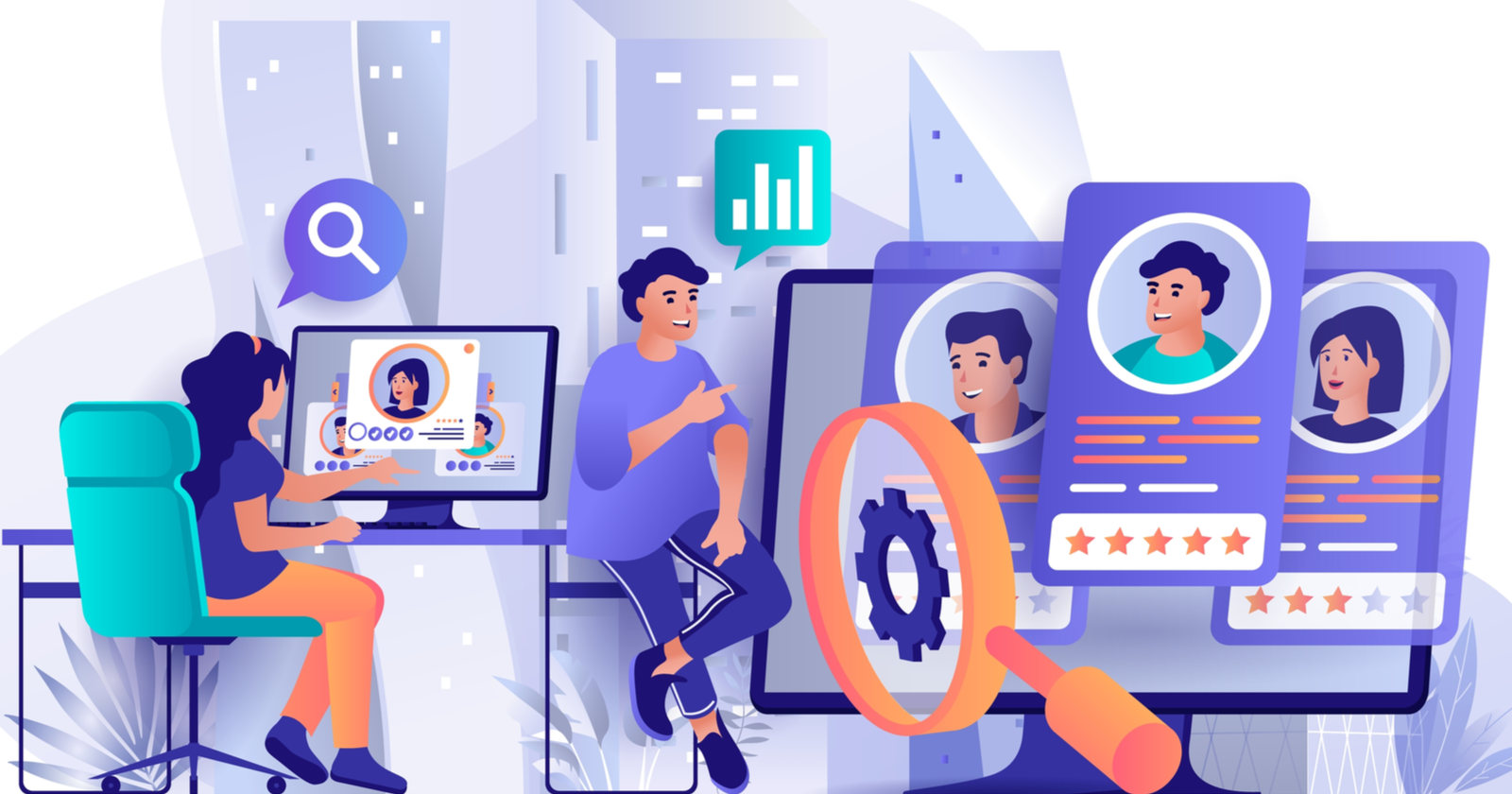How To Build a Cloud-Based SaaS Application: An Ultimate Guide
Cloud-based SaaS apps have become the limelight of the digital application world in recent years. Whether it is Netflix, Amazon Prime, Uber, or any similar app, SaaS apps have created a history by attracting the largest amounts of subscribers...

Cloud-based SaaS apps have become the limelight of the digital application world in recent years. Whether it is Netflix, Amazon Prime, Uber, or any similar app, SaaS apps have created a history by attracting the largest amounts of subscribers to their platform. The success of these apps has made entrepreneurs and businesses realize the true potential of SaaS cloud application development.
SaaS apps cater to low upfront costs and better return on investment, making them suitable for all-scale businesses. However, succeeding in the SaaS app industry is no piece of cake. It requires a great SaaS development team with experience and expertise to pull off the desired idea to develop a profitable app for the business.
So let us move ahead and understand everything you need to know about building a successful SaaS app.
What is a SaaS application?
SaaS application (Software as a Service) is a software application hosted on a remote cloud server and enables the use of services via a smartphone or web interface. Similar to other applications, SaaS apps have a front-end (for user interaction) and a backend (for data processing and functioning of the app).
However, in the SaaS case, most of the data is stored on a server, and major tasks of the app are also performed on the remote server. SaaS applications are typically offered as subscription-based services, and the user needs to pay some fixed amount of money to use the app.
SaaS apps are gaining huge popularity due to their higher flexibility and ability to grasp a higher customer base in substantially lower time. SaaS apps made a revenue of over $100 billion in 2019 and are expeditiously moving ahead. Finances Online did a survey that suggests over 86% of the enterprises will turn their products into SaaS apps by 2023.
What are the Advantages of SaaS Apps?
Saas application development services are attaining growth in all aspects due to soaring demand for SaaS apps. The rise in the number of SaaS applications is because of the various benefits it projects for businesses. Let us look at a few key advantages of SaaS apps:
Profitable Billing ModelThe billing model of the SaaS apps is its biggest advantage. Unlike other models where users get applications for free or with one-time payments, SaaS apps gain profits by earning through renewable subscription fees.
Higher AccessibilityAccessibility is the key to success in today’s time, and SaaS apps are designed for it. As the application service and most of the data is present on the server, users can access the application from any global location.
Trial-Based GrowthSaaS apps allow users to try out the app before making a purchase. This allows the users to test the app for its feature and functionality and invest only after getting satisfied.
ScalabilitySaaS apps provide a significant advantage of scaling the app when required. Unlike traditional apps that were hard to scale, SaaS apps can be easily scaled using application updates when businesses wish to expand their solutions.
Easy DeploymentSaaS applications are majorly based on a server and hence deploying them is also easier than traditional apps. You do not require any specific infrastructure resource and can easily deploy the app over a server from where the services can be used by the users.
What are Different Types of SaaS Applications?
 Image supplied by Author
Image supplied by AuthorSaas cloud application development is rising, which has resulted in the emergence of various kinds of SaaS applications. Here are the different types of SaaS applications:
Fintech AppsSaaS products are becoming more functional with each passing day. SaaS apps with subscription management capabilities are being developed now that include merchant accounts with payment gateways for the successful functioning of billing and financial transactions.
ERP PlatformsNumerous ERP(Enterprise resource planning) apps based on SaaS models have come to market, such as SAP that projects data analytics, and help businesses to gain key insights into their operations.
CRM AppsSaaS applications have made interaction between users and businesses simple and streamlined. It helps businesses to track customer data, get insights, automate marketing efforts, and forecast future sales for their business.
Gaming AppsThe gaming sector has a huge market for SaaS apps. Games developed on SaaS-based models are fun to play and do not take larger storage space in your digital device. Some well-known games based on SaaS or GaaS (Game as a Service) are Pokemon Go, Madden, Candy Crush, Overwatch, and Fortnite.
Project Management AppsUnlike conventional time, enterprises have got rid of licensed PM software packages that they used to buy at hefty prices. Instead, now they use SaaS products which help them manage workflows, assign tasks to teams, and track their completion. Jira is a popular SaaS app leveraged by several businesses.
How to Develop a Successful SaaS Application?
Numerous SaaS application development services can help you design and develop an exceptional SaaS application for your business need. But before looking at their portfolio, let us first understand the process of SaaS application development.
Ideating Your Project
The primary step in creating a SaaS application is first to ideate your project and note down its major requirements. You might want to list the features and functionalities of the project idea along with time and budget constraints before moving ahead to its design or development phase.
Choosing the Programming Language
Various programming languages can be leveraged to develop SaaS applications. Some of the most used languages for SaaS development are Python, Java, Dot Net, and PHP.
Different frameworks address different development issues. Therefore, before selecting a language, make sure to choose a language and a framework that is capable of handling your business requirements.
Picking the Ideal Database for your Project
Database plays a substantial role in the SaaS apps as all data is stored on the server. Besides, you need a seamless connection between the database and the user device for the smooth functioning of the application. Hence, choose a database with utmost attention to get the desired outcomes. The most popular database for cloud applications are:
Amazon Web Service (AWS)Oracle DatabaseMicrosoft AzureGoogle Cloud PlatformIBM DB2MongoDB AtlasOpenStackEstablishing a Queuing Mechanism
Apps developed by the SaaS application development company usually follow an asynchronous communication protocol. The protocol eliminates the need for sender and receiver interaction simultaneously. In addition, it let the application interact with various 3rd party apps asynchronously.
To develop a high-performing cloud-based SaaS solution, Web Storage S3 service, EC2, and server setup are highly crucial using which data extraction becomes simple and accessible.
Building a Content Delivery Network
Creating a functional content delivery network is of supreme importance for SaaS-based applications. As users are paying for the subscription, they expect the availability of data at all times along with a high-performance environment. Hence, building a flawless content delivery network is highly necessary for cloud-based apps.
Starting with the Development Procedure
Once you are certain about your SaaS application requirement, you can start ahead with the development procedure. It is best to get you apps made by a professional Saas application development company. They have the right expertise and experience in designing and developing such apps and provide you with the best outcome for your application idea.
You can also create an MVP (Minimum Viable Product) for your SaaS app which is a hugely popular option to build apps with core functionality and later scale it with advanced features and functions.
What are the Costs of SaaS Application Development?
A SaaS application is a never-ending cycle of strategy, design, development, feedback, and updations. Therefore, there is no particular cost of creating a SaaS application.
However, to get a fundamental SaaS application made for your business by SaaS application development services, the incurred costs can be as follows:
Direct Development Costs
These are the costs of the Saas application development company that you will choose to develop your product. You can either hire a SaaS development company or can hire a freelancer for your project.
However, it is usually advised to go for professional services instead of freelancers, which is riskier. SaaS development companies usually charge anywhere between $20-$30per hour for their services.
Indirect Costs
These are the costs you will have to bear for making your SaaS application live on the server. The costs include hosting your app on the server and maintaining it for the users in the future. It is suitable to incorporate with a good SaaS application development company that takes care of your development needs along with maintenance and support services.
Marketing Costs
Apart from the direct and indirect costs, marketing costs are another cost factor to include in your budget. Marketing is immensely crucial for enhancing the online visibility of your app. You can spend as per your budget and need for the marketing campaign of your app.
Where to Begin the SaaS Application Development for my Project?
The general procedure and requirements for SaaS cloud application development must be clear to you now. SaaS apps have come a long way and are here to stay. So leverage this opportunity to create an application for your project idea and derive good business from it. You can talk to our SaaS project expert for any guidance and to know the actual cost to build your SaaS application.

 Hollif
Hollif 































